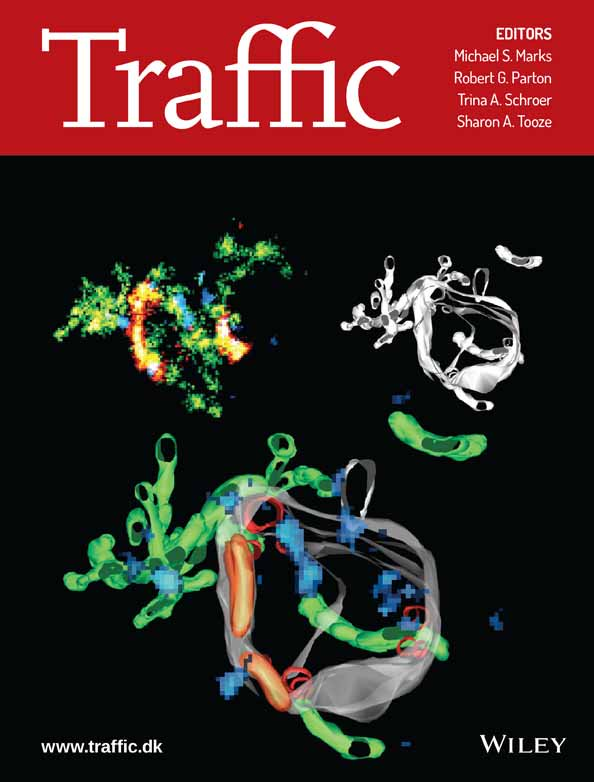Detecting and quantifying stress granules in tissues of multicellular organisms with the Obj.MPP analysis tool.
Traffic. 2019 Jul 17. doi: 10.1111/tra.12678. [Epub ahead of print]
De Graeve F1, Debreuve E2, Rahmoun S3, Ecsedi S1, Bahri A1, Hubstenberger A1, Descombes X3, Besse F1.
Author information
1. Université Côte d’Azur, CNRS, Inserm, Institut de Biologie Valrose, Nice, France.
2. Université Côte d’Azur, CNRS, INRIA, I3S.
3. Université Côte d’Azur, INRIA, CNRS, I3S.
Abstract
Stress Granules (SGs) are macromolecular assemblies induced by stress and composed of proteins and mRNAs stalled in translation initiation. SGs play an important role in the response to stress and in the modulation of signaling pathways. Furthermore, these structures are related to the pathological ribonucleoprotein (RNP) aggregates found in neurodegenerative disease contexts, highlighting the need to understand how they are formed and recycled in normal and pathological contexts. Although genetically tractable multicellular organisms have been key in identifying modifiers of RNP aggregate toxicity, in vivo analysis of SG properties and regulation has lagged behind, largely due to the difficulty of detecting SG from images of intact tissues. Here, we describe the object detector software Obj.MPP and show how it overcomes the limits of classical object analyzers to extract the properties of SGs from wide-field and confocal images of respectively C. elegans and Drosophila tissues. We demonstrate that Obj.MPP enables the identification of genes modulating the assembly of endogenous and pathological SGs, and thus that it will be useful in the context of future genetic screens and in vivo studies. This article is protected by copyright. All rights reserved.
PMID: 31314165
DOI: 10.1111/tra.12678

